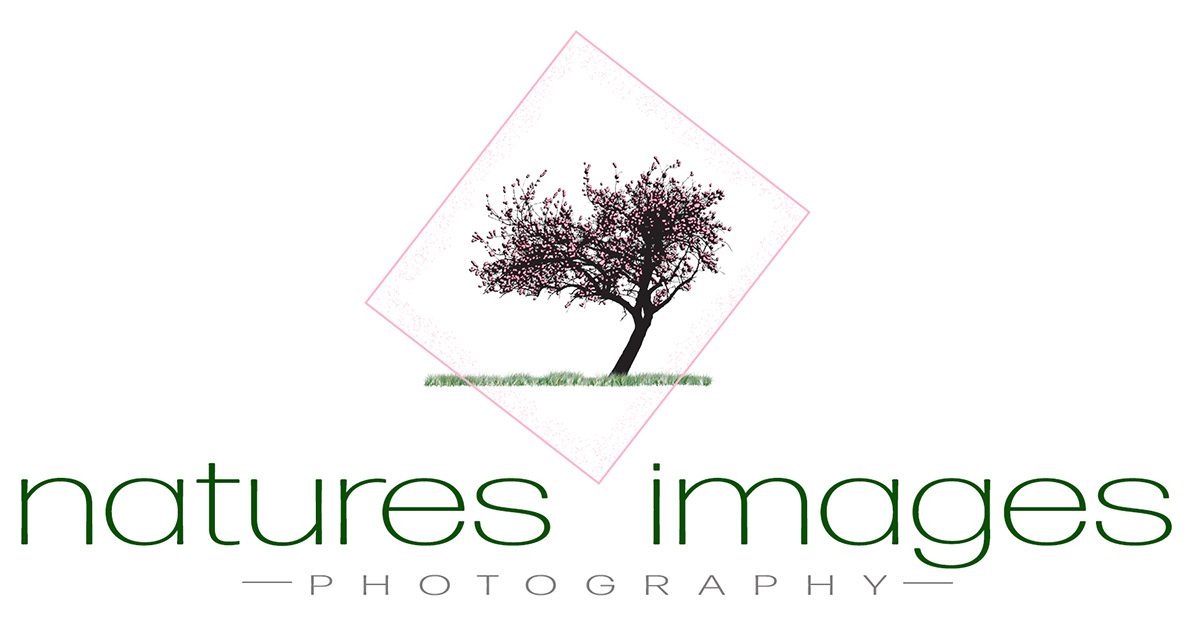In English
Infrared photography means taking pictures with invisible light.
Light consists of electromagnetic waves. The area visible to the eye is between violet (380-430 nm) and red (640-780 nm). Below is ultraviolet, above is infrared.
Infrared photography uses a part of the IR range from 650 to 1200 nm. Thermography and night vision equipment have nothing to do with this. They lie on lower frequency bands and are based on a completely different technique.
How do you photograph something you can not see? The answer was formerly special film, today you have cameras with special sensor filters and adapted lenses. So simply explained in one sentence: The visible light is blocked and the motive is only taken with the infrared light.
Many mistake infrared photos for a winter scene with snow or hoarfrost, as all green appears white. This is the "wood effect" named after the discoverer. Leaves and grass appear white as chlorophyll lets through infrared light. It reflects particularly strongly on cell walls and water in the leaf. Also the contrast between sky and clouds or the structure of rocks and stone walls becomes much more intense by infrared. Portraits appear softer and lighter, freckles disappear.
As a raw image you get a dark red image, which is subsequently processed in the computer. Depending on the desired result, color channels are modified or interchanged. You can create both black and white as images well as color photos.
Most of the photos you see here are the result of a special camera and program.
Auf Deutsch:
Infrared photography means taking pictures with invisible light.
Light consists of electromagnetic waves. The area visible to the eye is between violet (380-430 nm) and red (640-780 nm). Below is ultraviolet, above is infrared.
Infrared photography uses a part of the IR range from 650 to 1200 nm. Thermography and night vision equipment have nothing to do with this. They lie on lower frequency bands and are based on a completely different technique.
How do you photograph something you can not see? The answer was formerly special film, today you have cameras with special sensor filters and adapted lenses. So simply explained in one sentence: The visible light is blocked and the motive is only taken with the infrared light.
Many mistake infrared photos for a winter scene with snow or hoarfrost, as all green appears white. This is the "wood effect" named after the discoverer. Leaves and grass appear white as chlorophyll lets through infrared light. It reflects particularly strongly on cell walls and water in the leaf. Also the contrast between sky and clouds or the structure of rocks and stone walls becomes much more intense by infrared. Portraits appear softer and lighter, freckles disappear.
As a raw image you get a dark red image, which is subsequently processed in the computer. Depending on the desired result, color channels are modified or interchanged. You can create both black and white as images well as color photos.
Most of the photos you see here are the result of a special camera and program.
Auf Deutsch:
Infrarotfotografie bedeutet Fotografieren mit unsichtbarem Licht. Dazu etwas Technik:
Licht besteht aus elektromagnetischen Wellen. Der für das Auge sichtbare Bereich liegt zwischen violett (380-430 nm) und rot (640-780 nm). Darunter befindet sich Ultraviolett, darüber Infrarot.
Für die Infrarotfotografie benutzt man einen Teil des IR-Nahbereichs von 650 bis 1200nm. Thermografie und Nachtsichtgeräte haben damit nichts zu tun. Sie liegen auf niedrigeren Frequenzbändern und beruhen auf ganz anderer Technik.
Wie fotografiert man nun etwas, das man nicht sehen kann? Die Antwort war früher spezieller Film, heute hat man Kameras mit besonderen Sensorfiltern und angepassten Objektiven. Also einfach in einem Satz erklärt: Das sichtbare Licht wird gesperrt und das Motiv nur mit dem infraroten Licht aufgenommen.
Viele halten Infrarotfotos für eine Winteraufnahme mit Schnee oder Raureif, da alles Grüne weiß erscheint. Dies ist der nach dem Entdecker benannte "Wood-Effekt". Blätter und Gras erscheinen weiß, da Chlorophyll Infrarotlicht durchlässt. Es reflektiert dann besonders stark an Zellwänden und Wasser im Blatt. Auch der Kontrast zwischen Himmel und Wolken oder die Struktur von Felsen und Steinmauern wird durch Infrarot viel intensiver. Porträts erscheinen weicher und heller, Sommersprossen verschwinden.
Als Rohaufnahme erhält man ein dunkelrotes Bild, das anschließend im Computer bearbeitet wird. Abhängig vom gewünschten Ergebnis modifiziert oder vertauscht man die Farbkanäle. Man kann sowohl Schwarzweißbilder als auch Farbfotos erstellen.
Die meisten Fotos, die Sie hier sehen, sind das Resultat einer speziellen Kamera und eines solchen Programmes.
Licht besteht aus elektromagnetischen Wellen. Der für das Auge sichtbare Bereich liegt zwischen violett (380-430 nm) und rot (640-780 nm). Darunter befindet sich Ultraviolett, darüber Infrarot.
Für die Infrarotfotografie benutzt man einen Teil des IR-Nahbereichs von 650 bis 1200nm. Thermografie und Nachtsichtgeräte haben damit nichts zu tun. Sie liegen auf niedrigeren Frequenzbändern und beruhen auf ganz anderer Technik.
Wie fotografiert man nun etwas, das man nicht sehen kann? Die Antwort war früher spezieller Film, heute hat man Kameras mit besonderen Sensorfiltern und angepassten Objektiven. Also einfach in einem Satz erklärt: Das sichtbare Licht wird gesperrt und das Motiv nur mit dem infraroten Licht aufgenommen.
Viele halten Infrarotfotos für eine Winteraufnahme mit Schnee oder Raureif, da alles Grüne weiß erscheint. Dies ist der nach dem Entdecker benannte "Wood-Effekt". Blätter und Gras erscheinen weiß, da Chlorophyll Infrarotlicht durchlässt. Es reflektiert dann besonders stark an Zellwänden und Wasser im Blatt. Auch der Kontrast zwischen Himmel und Wolken oder die Struktur von Felsen und Steinmauern wird durch Infrarot viel intensiver. Porträts erscheinen weicher und heller, Sommersprossen verschwinden.
Als Rohaufnahme erhält man ein dunkelrotes Bild, das anschließend im Computer bearbeitet wird. Abhängig vom gewünschten Ergebnis modifiziert oder vertauscht man die Farbkanäle. Man kann sowohl Schwarzweißbilder als auch Farbfotos erstellen.
Die meisten Fotos, die Sie hier sehen, sind das Resultat einer speziellen Kamera und eines solchen Programmes.
